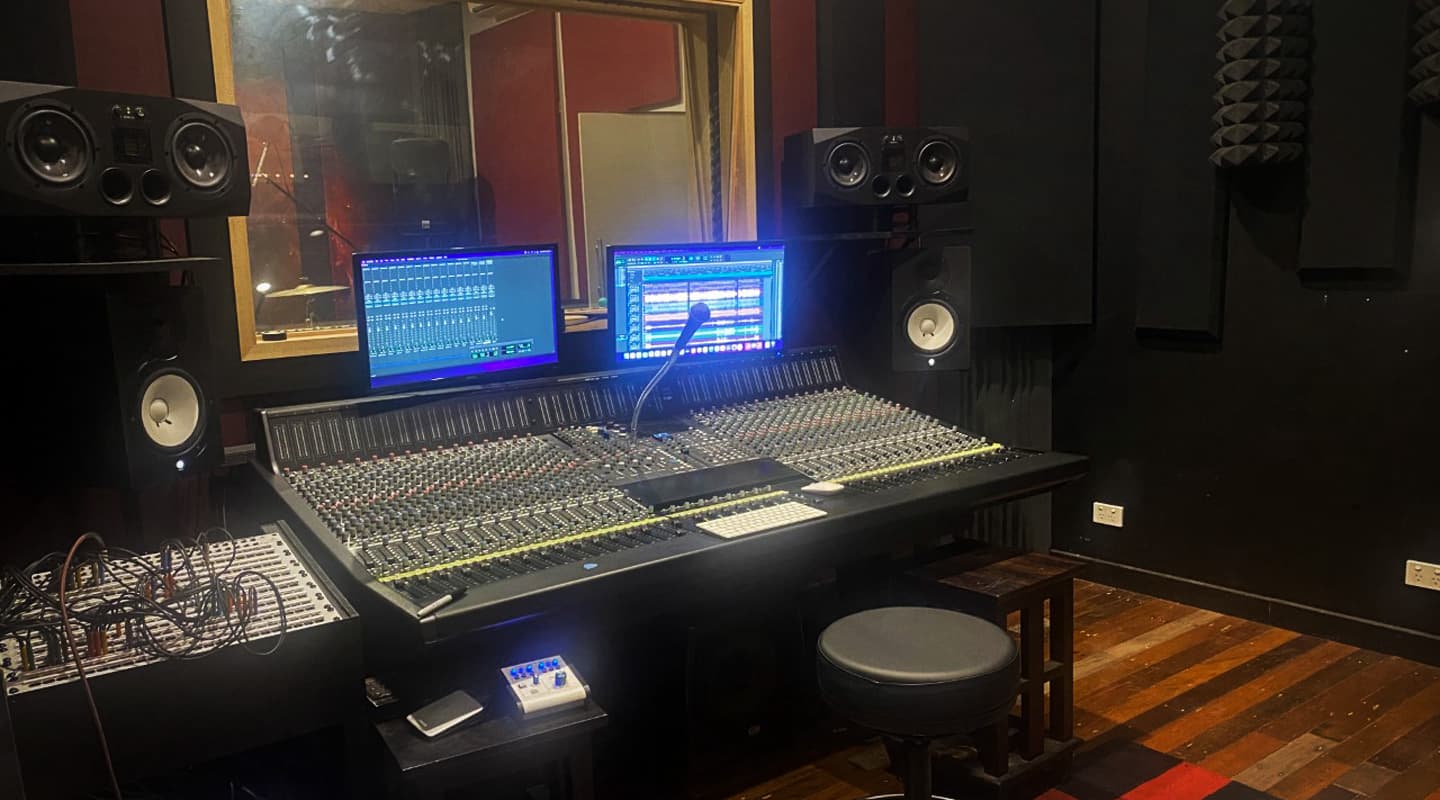
SSL Origin: By Appointment Only?
Justin Davis has been a low-key lynchpin in Brisbane’s heavy music scene for decades. He’s now given his studio a serious (SSL) shot in the arm.
There are many reasons for setting up your own recording studio. For Justin Davis, his wife decided she didn’t want a fully-miked drumkit as a constant resident in her lounge room. Justin had developed a reputation for being a drum recording guru in the heavy rock and metal scene in Brisbane — this was around the year 2000. But the time had come, he needed his own studio space.
A builder by trade he found a unit in an industrial estate in Coopers Plains and started construction. Over the ensuing 20-odd years Justin’s studio has flown under the radar — by appointment only, you might say — but his fingerprints can be found on dozens of releases from Brisbane’s heavy music scene.
This year, Justin decided to seriously upgrade his studio. Knocking on 50, he decided he didn’t want to spend so much time on the tools and wanted more time behind the mixing console — only it was the mixing console that was the problem. Not to say the old TAC Scorpion hadn’t been a good servant of the studio but it was showing signs of its age, and the unbalanced channel inserts were thwarting Justin’s desire to have a next-level patchbay and tieline setup between rooms.
Sight unseen (or ‘ear unheard’), Justin pulled the trigger on a SSL Origin purchase: “The Origin looked exactly like what I wanted. For years I’ve worked with an SSL compressor over the master bus and I use a lot of SSL plug-ins. I like the sound. But sure, it took a a leap of faith.”


WORKFLOW
Justin uses Pro Tools to record but after he’s cleaned up his tracks he’ll routinely bus out of the DAW and up the channels of the mixing console. In the analogue domain he has racks of outboard EQ, compression and other effects. Sometimes he’ll use Pro Tools effects and compression while at others he’ll use the outboard — often both.
“I find working entirely in the box laborious and time consuming,” reckons Justin. “I much prefer to move faders and get my hands involved. A hybrid approach is the best of both worlds.”
Part of the recent upgrade includes a new patchbay that provides ready access to all of Justin’s outboard gear, making the new console just that much more powerful at the mixing stage.
“I honestly think that patchbay is bigger than my imagination,” enthuses Justin. “To just have everything at my fingertips without needing to crawl behind the console or reconfigure things is a huge luxury.”



PREAMPS
The SSL Origin preamps are being fully utilised as well as the line inputs.
“I’ve always done that. I’ve always used the console pres to record through. Other studios will use various outboard preamps but, for me, especially recording drums, I like the sound of the same pre on every mic on the kit. I find it easier to mix.”
The sound of the Origin preamps have been a revelation: “They’re amazingly clear — you can hear a pin drop. The TAC Scorpion’s preamps were much darker, and introduced a lot of noise, I just don’t have any of that now.
“Then you’ve got the Origin’s Drive circuit, so you can get that bit of grit if you want it as well.
“The Origins channel EQ is great as well, I’m pretty sure everyone’s well aware of how powerful those EQs are.”
NEXT-GEN SOUND
Will the upgrades mean an opening up of the studio to a broader range of clients? Well, yes and no.
“We’ve never advertised,” comments Justin. “And because I’ve always had a ‘day job’ I’ve only ever wanted the studio to work on my terms. I enjoy mixing and recording bands that I’m into. I don’t enjoy being forced to sit through a day of listening to crappy music I hate. I’ll still be selective about what I do and I don’t do. I’m not doing it for the money.”
Some 20 years on, is Justin’s wife still happy with the move from the living room to the commercial studio?
“She’s okay with me spending so much time in the studio,” says Justin. “After all, it’s not like I’m down at the racetrack or the pub. My 15-year-old daughter is also catching the studio bug. She plays guitar and keys but she’s also showing an interest in audio engineering. I’m happy about that.”








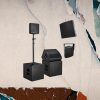





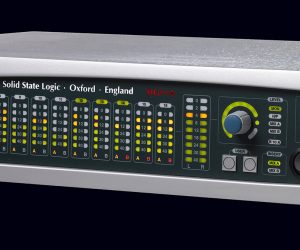




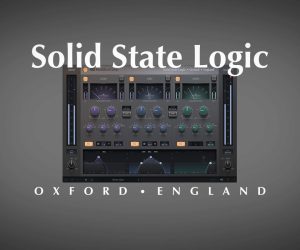
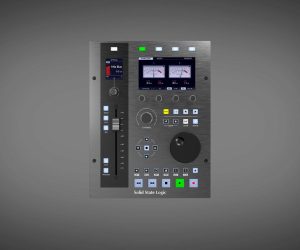




RESPONSES